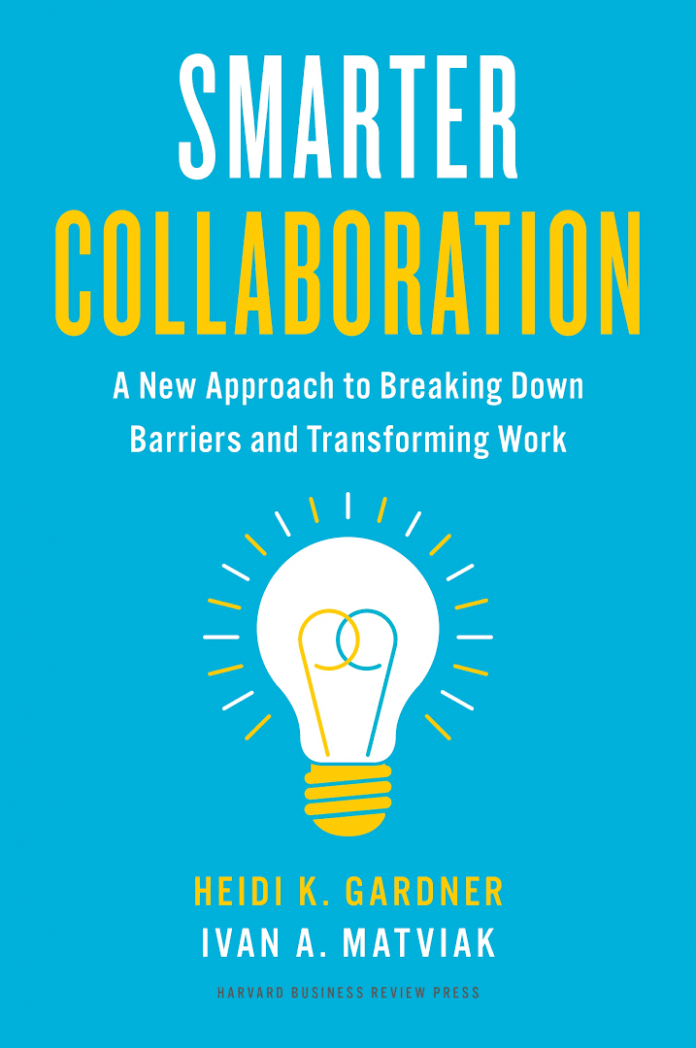
The annual performance discussion is your chance to use compensation to encourage a collaborative culture. Because the recap of employees’ performance against targets (what they achieved) should be relatively uncontroversial, your efforts should be directed at explaining your assessment of their behaviors (the how part of their overall rating).
As obvious as it sounds, what you pay people has to be directly linked to what and how they deliver against their goals. We have worked with a range of organizations to review their compensation outcomes. Many have a compensation policy that includes up to twenty factors they claim to value. When we run a statistical model, however, they pay for performance on just two or three metrics. More often than not, the ones that they compensate for our highly individualistic goals, such as hitting personal sales targets. This is why rigorously applying weightings to each destination is critical.
The Role of Communication and Assessment
More than just communicating what a person gets paid, a crucial part of this discussion is explaining how the subjective elements were assessed and precisely what behaviors informed the assessment. Two people can deliver the same output in very different ways: one might be constructive, inclusive, and collaborative, whereas the other might do it in a “me-first” and sharp-elbowed manner. The second person may hit their targets in the short term, but the collateral damage can be confirmed. How often have you been in an organization where you ask, “How can a person like that get ahead?” Frequently, it’s because the organization only values the what and not the how. Leave room in your compensation model for managerial discretion to reward those who deliver in line with the organization’s values and penalize those who don’t. These aren’t easy conversations, so ensure those values are well understood and managers are trained to deliver tough messages.
For most people, money isn’t everything, so also incorporate creative rewards. No matter how wealthy or successful people are, they crave recognition for their excellent work. The NASA@Work program, for example, encourages innovators across the federal government to generate ideas and solve important problems. Winners are rewarded not with money but with other incentives, including recognition—a personalized astronaut autograph, a visit to the employee’s department by NASA top brass, or external recognition on NASA’s Twitter account. Take this a step further by recognizing team-level outcomes to promote collective working. The more leaders embed symbolic rewards for great collaboration, the more the system fosters a collaborative culture.
The Role of Culture
Multiple studies have shown that financial incentive systems fail to motivate people, at least to the extent that leaders hope and expect. This is especially true when the hoped-for outcomes go beyond incremental, near-term financial rewards into more complex realms. An organization whose members share a strong sense of mission and an accompanying value system can accomplish the near impossible. Culture achieves things that money cannot.
Building a culture is a tricky challenge. You want people to behave in specific ways. Seen in that light, a performance management system is indispensable in the manager’s toolkit. And yet, you can’t—and wouldn’t want to—measure, assess, and control each person’s daily actions and decisions. Especially in an environment that will depend increasingly on collaboration, you want people to make the right choices even without specific metrics.
Culture closes that gap and makes a practical measurement, monitoring, and compensation possible. Investing in culture is an investment in your people—and vice versa.




